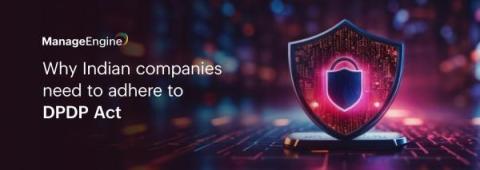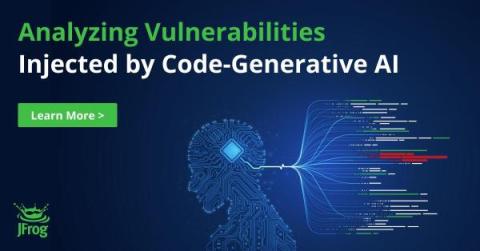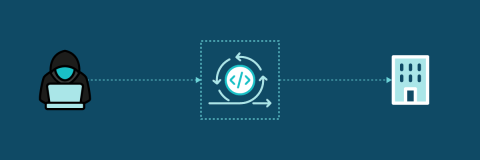Why Indian companies need to adhere to the DPDP Act
The Indian government implemented the Data Protection and Privacy (DPDP) Act, a groundbreaking measure designed to regulate data protection within the country, in August 2023. In today’s rapidly evolving digital era, it has become increasingly important to have robust legislation in place to safeguard people’s data. With so much information being shared online, this act protects our data from misuse and unauthorized access.











